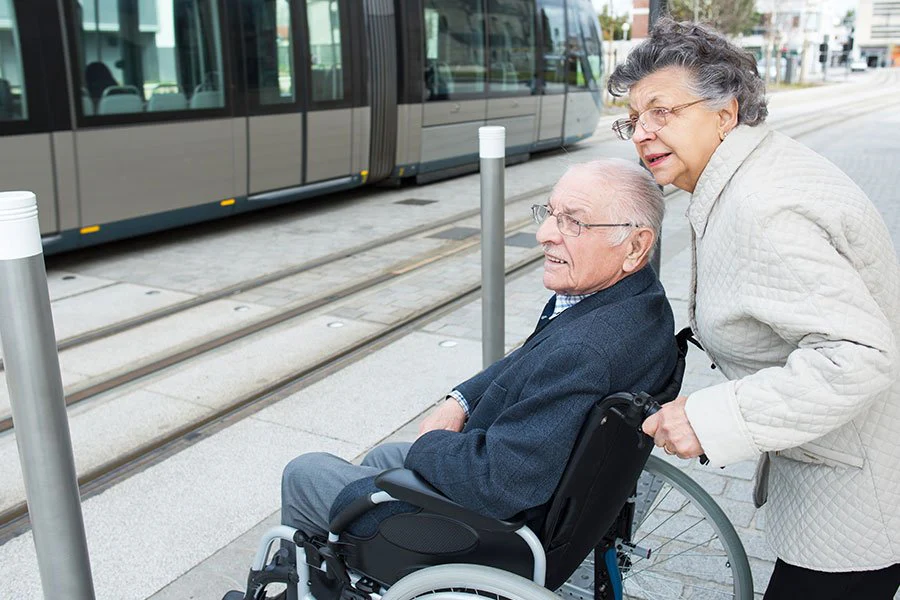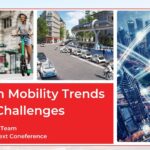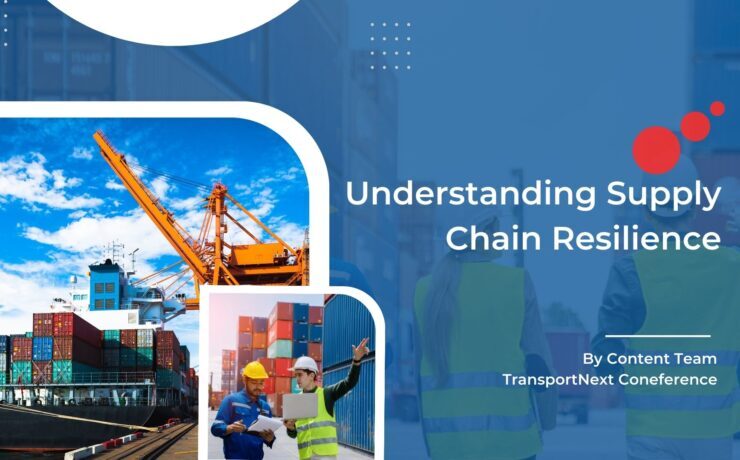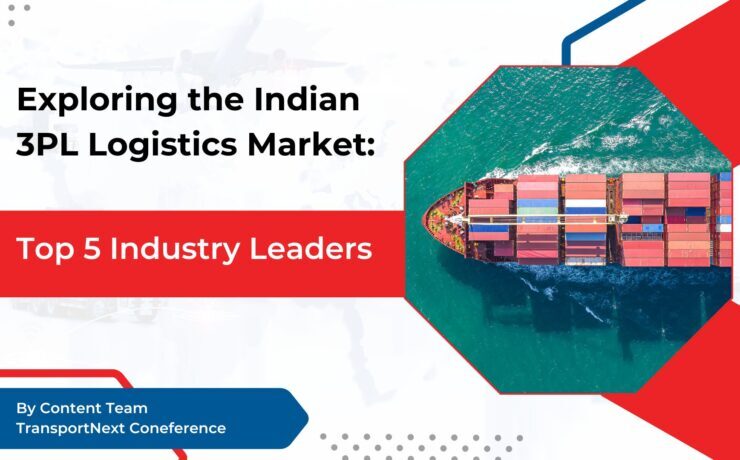Traversing Elderly Transportation – Overcoming Challenges and Finding Solutions

The demographic shift poses challenges for public transport, yet it also presents an opportunity for expansion through tailored mobility services for senior citizens. About 90% of older adults prefer to stay in their homes and communities, with roughly 600,000 seniors giving up driving each year. As they stop driving, access to dependable transportation services becomes vital for maintaining their independence. Unfortunately, the lack of safe and accessible elderly transportation can hinder their ability to perform essential daily activities like shopping, attending medical appointments, and engaging in social events. This lack of reliable transport puts them at risk of social isolation, which carries similar health consequences to obesity and smoking.
Public transit, known for its affordability and eco-friendliness, offers independent mobility, making it potentially beneficial for the elderly. Ensuring its accessibility for older riders of all abilities and facilitating access to desired destinations is crucial. Research on the accessibility of public transit for people with varying abilities is increasing.
Table of Contents

Elderly Transportation
Elderly transportation poses unique challenges as individuals age and mobility may become limited. Access to reliable transportation becomes crucial for seniors to maintain independence and quality of life. However, factors such as physical limitations, lack of access to suitable vehicles, and unfamiliarity with technology can hinder their ability to travel safely and efficiently. Addressing these challenges requires innovative solutions and community support to ensure that elderly individuals can access essential services, social activities, and healthcare appointments. By prioritizing elderly transportation initiatives and implementing tailored services, communities can enhance the well-being and inclusion of their aging populations.
For example, a recent review on this topic identified twenty-six relevant articles, focusing on ramp access and user experiences but highlighting gaps in understanding actual barriers faced. Another perspective on accessibility, common in transport and land use planning, views it as the ease of reaching destinations with a particular mode of transport. This concept, dating back to the 1950s, has evolved with technological advancements, enabling more sophisticated measures. While challenges persist in applying accessibility practically, extensive research explores it alongside equity considerations. For instance, studies assess social equity through accessibility metrics, examining access to healthcare, among other factors, for low-income residents and individuals with disabilities.
If you or someone you care about needs safe and dependable transportation for seniors, keep reading to discover essential information about elderly transport services.
Studies have proven clear links between aging and locomotor disability. There are various age related personal constraints which lead to personal dependency in old age. They can be classified as follows:
Personal Constraints: (For Elderly Transportation)
- Physical constraints such as loss of mobility of limbs, loss of physical power, lower endurance and increasing fatigue, higher stress sensibility and reduced functionality of inner organs or some chronic illness.
- Sensory constraints such as visual impairments and hearing problems.
- Cognitive and psychological constraints such as loss of ability to coordinate movements, reduced and selective cognitive processes, reduced multitasking abilities, loss of flexibility, lower concentration span, higher stress sensibility, and fears.
- Deceleration of movements, senses, cognition , reaction and decisions.
Lack of Financial and Human resources (Elderly Transportation)
- Budget restrictions
- Man-power restrictions
- Since younger generations are a profitable target therefore, old age services are neglected due to high costs.
Acceptance Restrictions
- Among senior passengers
- Among other passengers
- Among public transport staff
- Among decision makers
Lack of Knowledge on Needs and Aspirations of Older People
With various awareness initiatives many transport professionals are now aware of the demographic shifts and also know a difference between old and impaired passengers. What is missing is their understanding of how to make transportation facilities more suitable and attractive to older people.
Temporal Aspects
Upgrading the network must proceed gradually due to cost constraints. However, convincing various stakeholders, including decision-makers, front desk staff, drivers and seniors themselves, about the importance of accommodating demographic changes in public transport is essential. Overcoming ingrained perceptions and habits takes time, even with significant effort. Although addressing these challenges may delay visible progress, initiating the process is crucial for eventual tangible improvements.
Other Challenges
There’s often a disconnect between policies and reality, even with local transfer plans for passengers with special needs. Defining task measures and allocating resources for improvements is challenging, as is addressing the diverse transportation needs of active seniors. Additionally geographical topography can also complicate implementation of accessible stops.
Technological Innovations
Several solutions aim to alleviate the transportation challenges faced by elderly, ranging from community initiatives to technological innovations. let’s explore these:
1.Public Transportation for Older People:
Community buses and light rail services offer viable transportation choices for many independent older individuals in good health. These services operate on fixed routes, requiring seniors to access designated bus stops or train stations. Public transportation has many benefits over private transportation like low cost, reliable schedules and many public transportation services offer discounted fares for older people, and vouchers for free rides may be available.
2.Paratransit:
Paratransit is a specialized transportation service of individuals with disabilities who cannot use regular fixed-route public transportation. According to the Americans with Disability Act, Public Transportation systems are mandated to provide paratransit services for individuals who cannot utilize fixed routes. Paratransit must operate within ¾ mile radius of fixed route services and maintain the same operating hours. Eligibility for paratransit typically requires an application process, with medical documentation often necessary to demonstrate the inability to access fixed route. While paratransit may be more expensive than regular public transportation, it cannot exceed twice the standard fare.
3.Demand-Response Transportation:
Also dial-a-ride, operates based on passenger request. Demand-response transportation services are typically curb-to-curb, eliminating the need for older people to access a fixed service point or navigate public transportation routes. However these services can be costly.
4.Taxi-ride Sharing:
Taxi companies and ridesharing platforms like Uber and Lyft provide door-to-door transportation for a fee, either with a fixed rate or based on distance and time.
Despite their conveniences, these services can be costly, and older individuals may struggle with the technology required for scheduling rides through apps or the internet. However, certain community organizations provide support in the form of vouchers or assistance with scheduling, making it easier for older adults to access curb-to-curb transportation services.
5. Age-friendly City Framework:
To advance the development of urban environments that support older people the World Health Organization in 2007 initiated an age-friendly cities Model. According to the WHO (2007), an age-friendly city is a city that ‘’encourages active aging by optimizing opportunities for health, participation, and security in order to enhance quality of life as people age’’. The model along with a checklist tool contains eight domains: social participation, communication and information, Civic participation and employment, housing, transportation, community support and health services, outdoor spaces and buildings, and respect, and social inclusion.
6. Mobility-as-a-Service(MaaS)
MaaS platforms integrate various transportation options into a single user-friendly interface making it easier for elderly individuals to plan and access transportation services by offering a seamless experience that combines public transit, ride sharing, bike sharing, and more. MaaS empowers seniors to navigate their surroundings with confidence and convenience. MaaS aims to address transportation gaps by offering digital platforms for planning, booking, and paying for various transportation options through a single channel, typically a smartphone app. Successful MaaS initiatives exhibit several key factors for success.
- Collaborative approach – Operators work closely with existing public transportation services.
- Innovative business models – Emphasis is placed on profitability and technology.
- User oriented mind set – Services are adapted to meet the needs of users.
- Wide focus – MaaS projects support broader social and economic objectives the health promotions.
Companies such as WHIM, City Mapper, UBER, MaaS Japan, Jorudan are actively involved in shaping the future of mobility by providing innovative MaS solutions that improve accessibility, convenience, and sustainability in transportation.
7. Adaptive vehicles
Advancements in adaptive vehicles and transportation technologies are revolutionizing mobility for elderly passengers. features such as wheelchair accessibility, adjustable seating, and easy entry exit systems cater to the specific needs of seniors, ensuring a comfortable and safe transportation experience. Adaptive vehicles provide seniors with greater flexibility and independence, allowing them to travel with dignity and ease.
8. Autonomous vehicles
The emergence of autonomous vehicles holds immense promise for transforming transportation for the elderly. Self driving cars offer a safe and convenient mobility option for seniors who may no longer be able to drive themselves. With autonomous vehicles elderly individuals can maintain their independence and access transportation services without relying on family members or caregivers.
9. Medicaid Non Emergency Medical Transportation (NEMT)
NEMT provides reliable transportation to and from Medicaid approved appointments for eligible Medicaid beneficiaries. Requirements for NEMT varies state to state.
10. Medicare Transportation Services
Unlike Medicaid, Medicare does not routinely provide transportation services for non emergency medical appointments. Though Medicare part B covers some non emergency transportation if it is deemed medically necessary.
Innovative transportation solutions are reshaping mobility for elderly individuals, offering greater independence, accessibility, and convenience. From ride-sharing services and senior transportation programs to MaaS platforms, adaptive vehicles, and autonomous technology, these advancements are revolutionizing the way seniors navigate their surroundings. By embracing innovation and technology, we can ensure that elderly individuals maintain their independence and quality of life for years to come.
The annual premier worldwide event, the TransportNext Awards, Conference and Expo organized by Next Business Media in Singapore and the United States presents an opportunity to delve into various trends, solutions and innovations in elderly transportation systems. The transport and the Singapore edition serves the logistics community throughout the rest of the world. By utilizing its unique position, Singapore provides a platform for international collaboration and knowledge exchange. There are informative lectures, interesting seminars, and a sizable expo offered by TransportNext Singapore.
It also encourages strategic alliances and draws attention to creative ideas. The centerpiece is the TransportNext Awards, which recognize accomplishments in the industry. This Logistics event guarantees an unmatched networking and growth-promoting experience because of its global reach and dedication to Logistics and Transportation industry improvement.





